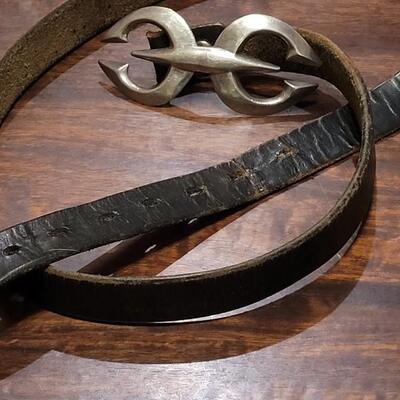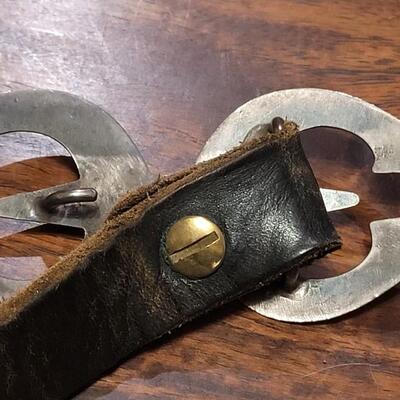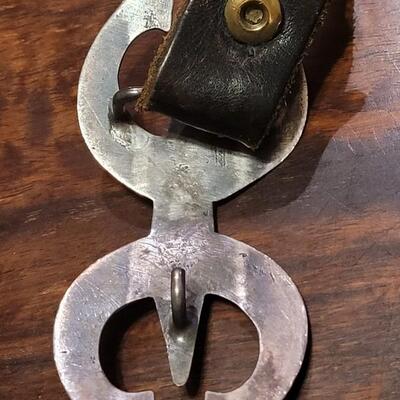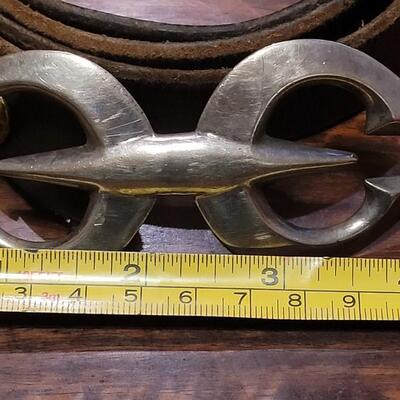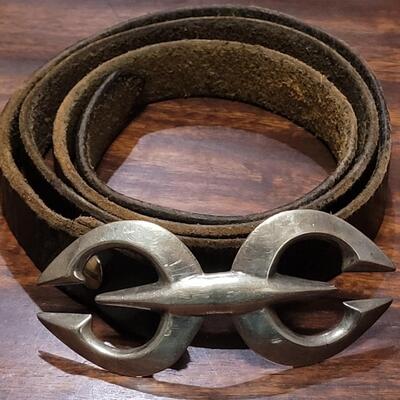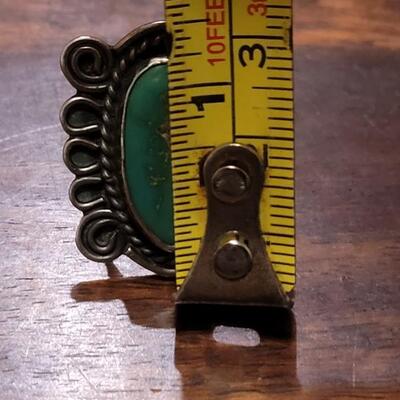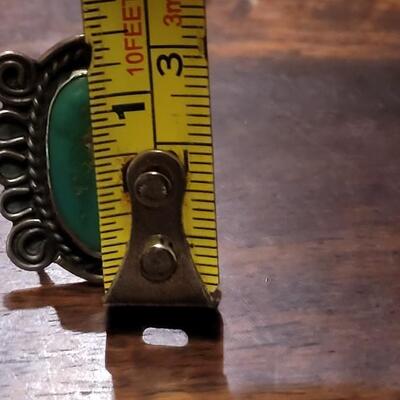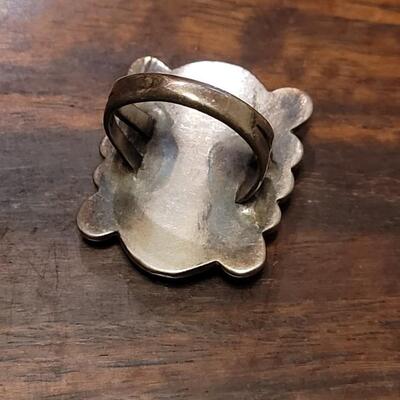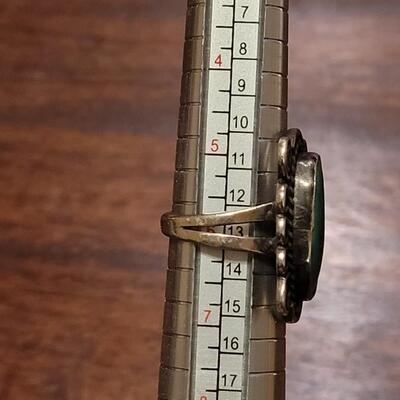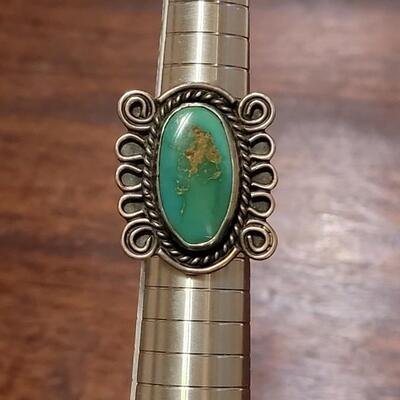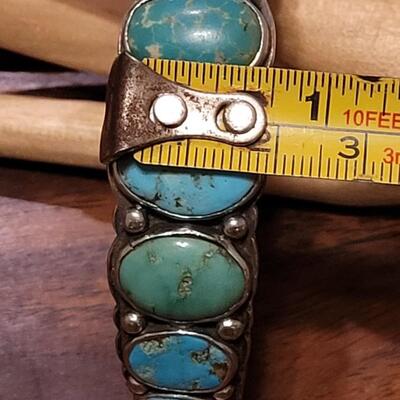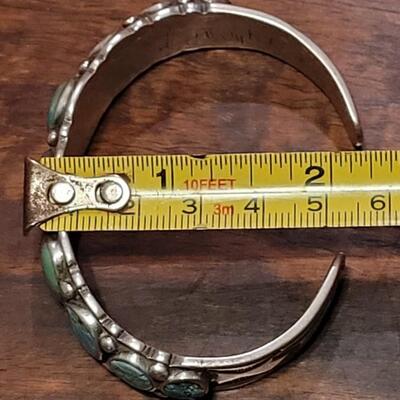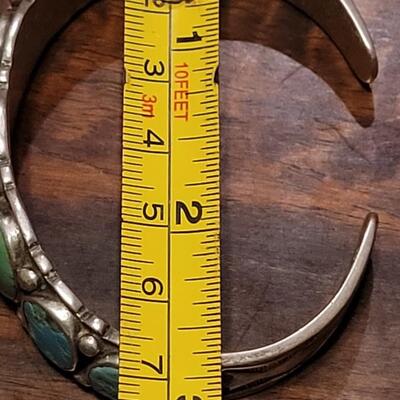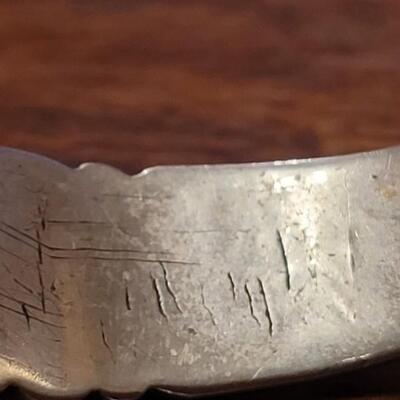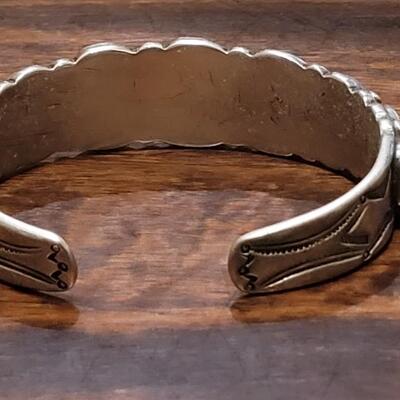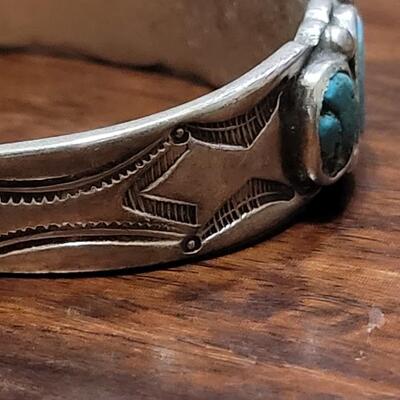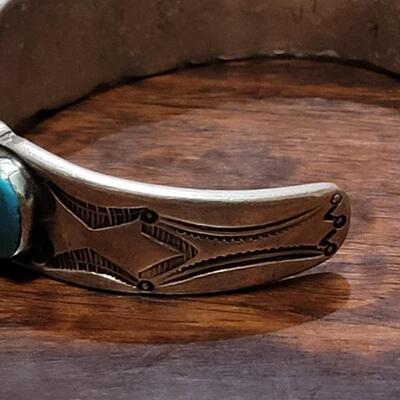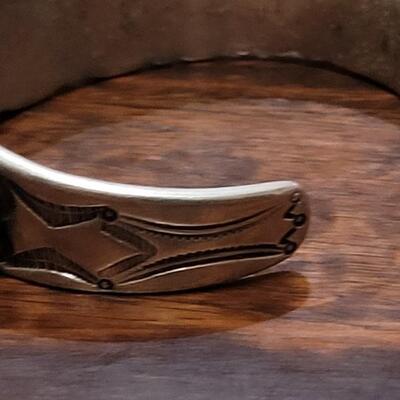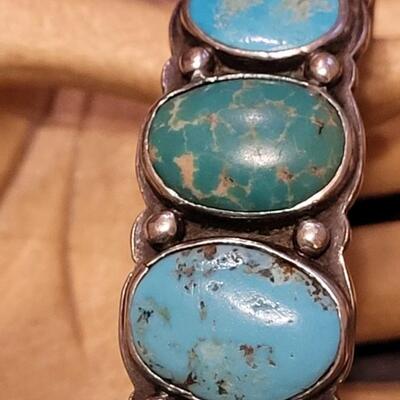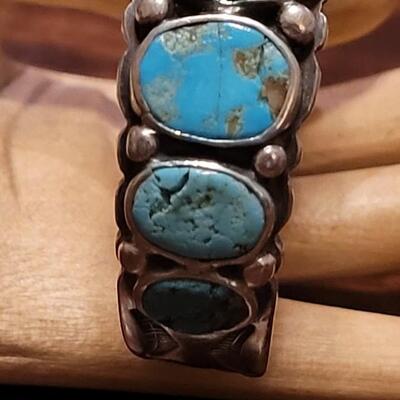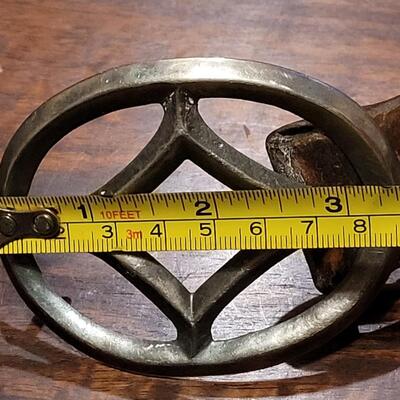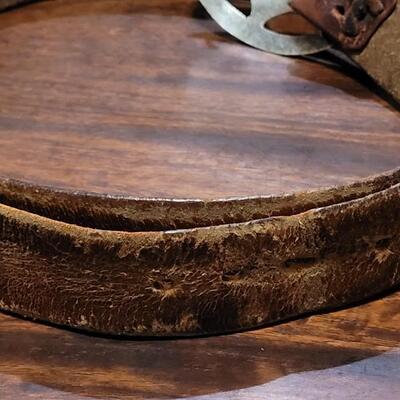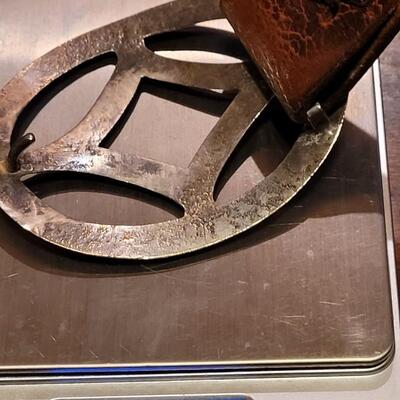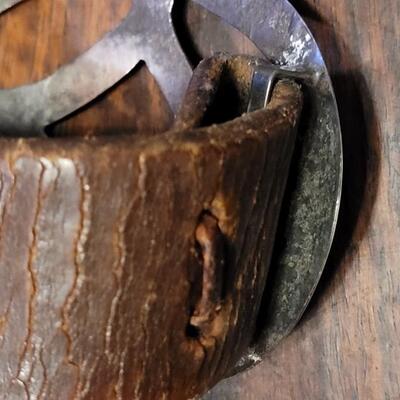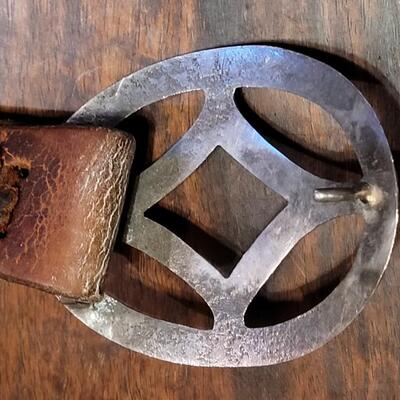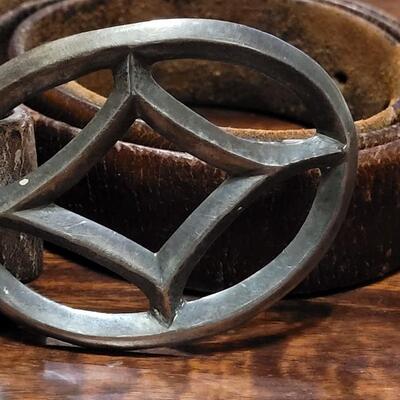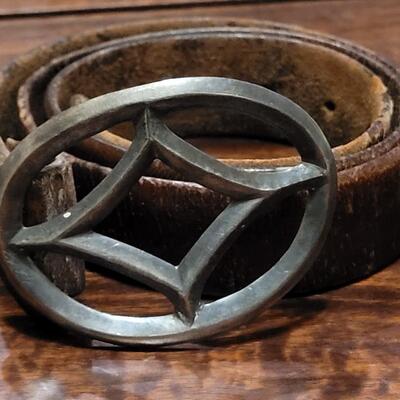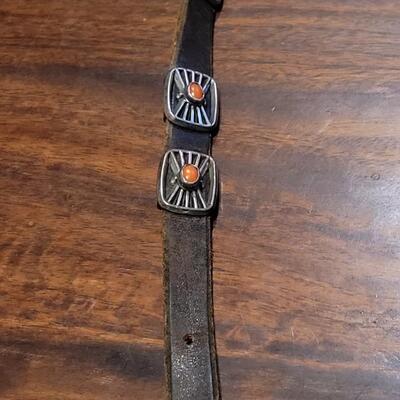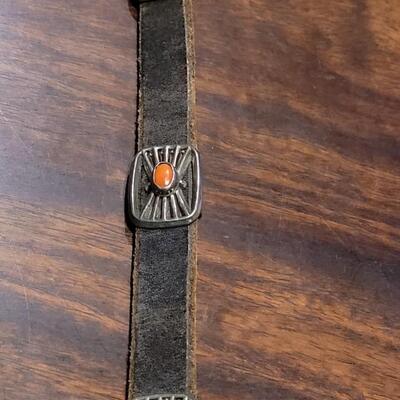-
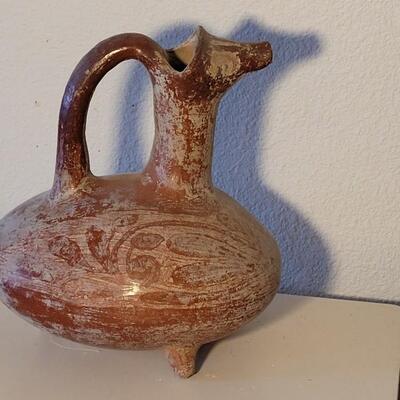
Has original paint. 2101 / 2223 sold -
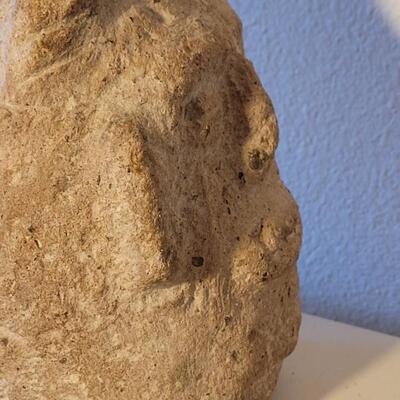
Possibly Mayan. Stone. 2102 / 2223 sold -
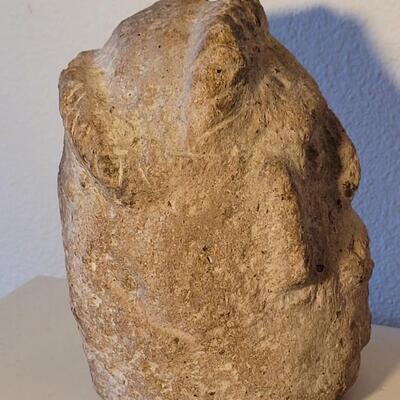
Possibly Mayan. Stone. 2103 / 2223 sold -
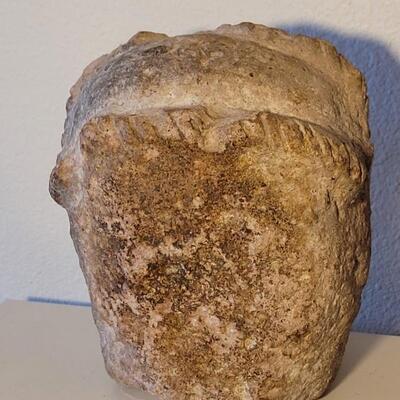
Possibly Mayan. Stone. 2104 / 2223 sold -
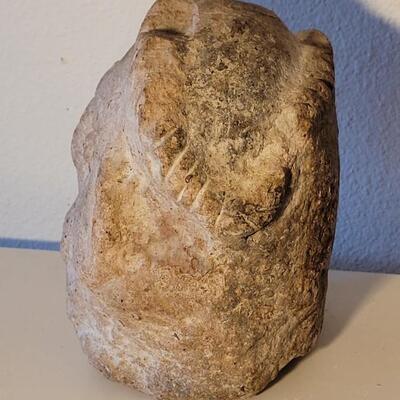
Possibly Mayan. Stone. 2105 / 2223 sold -
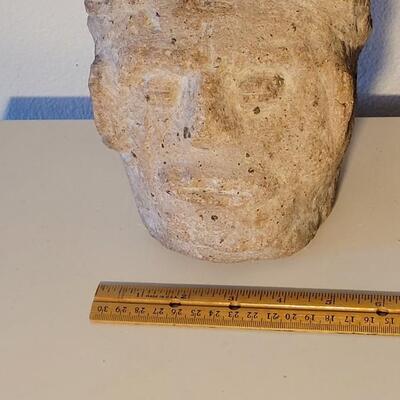
Possibly Mayan. Stone. 2106 / 2223 sold -
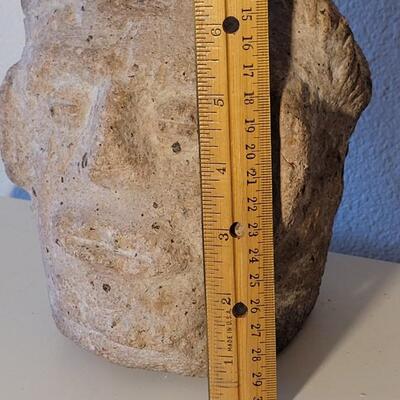
Possibly Mayan. Stone. 2107 / 2223 sold -
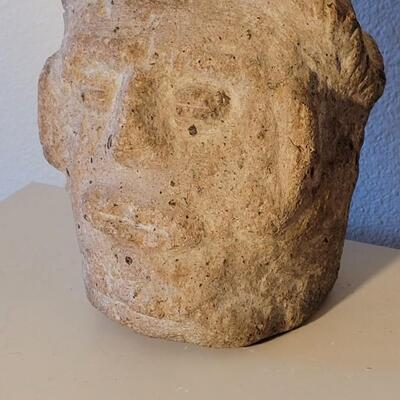
Possibly Mayan. Stone. 2108 / 2223 sold -
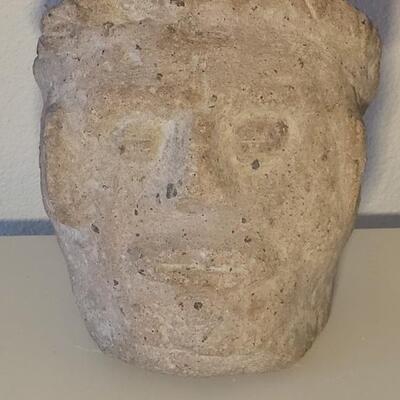
Possibly Mayan. Stone. 2109 / 2223 sold -
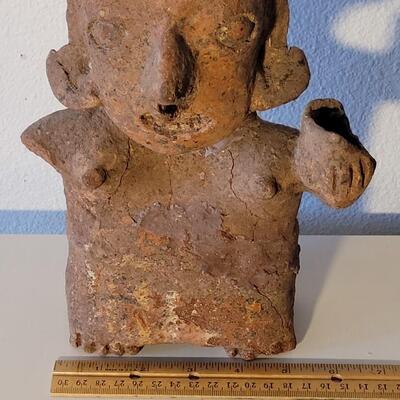
Ixtlan del Rio type Dates to 100 BCE to 200 CE 2110 / 2223 -
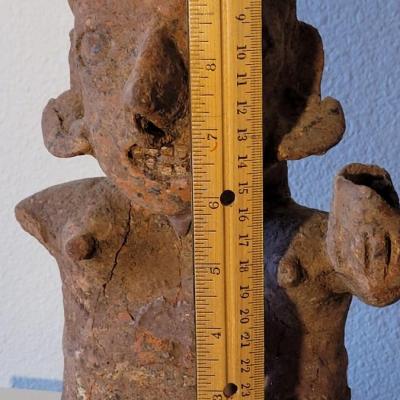
Ixtlan del Rio type Dates to 100 BCE to 200 CE 2111 / 2223 -
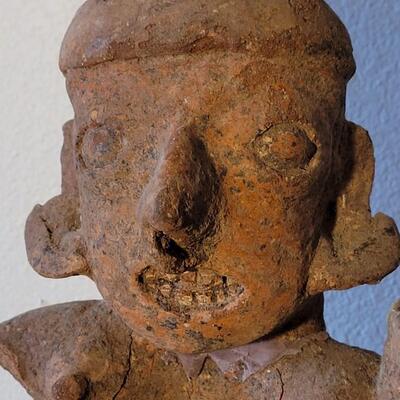
Ixtlan del Rio type Dates to 100 BCE to 200 CE 2112 / 2223 -
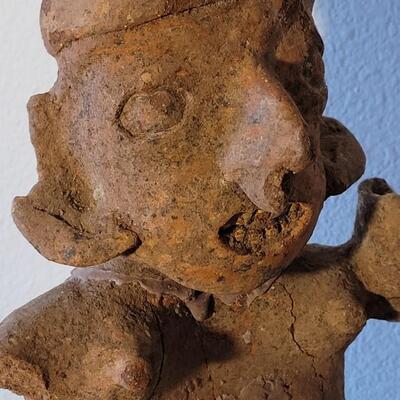
Ixtlan del Rio type Dates to 100 BCE to 200 CE 2113 / 2223 -
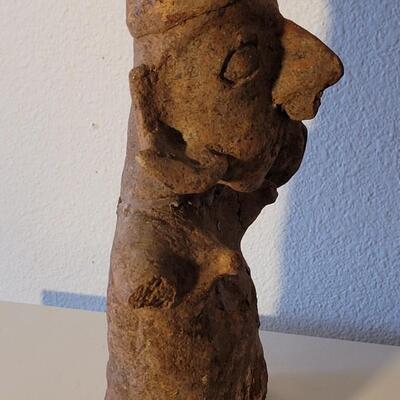
Ixtlan del Rio type Dates to 100 BCE to 200 CE 2114 / 2223 -
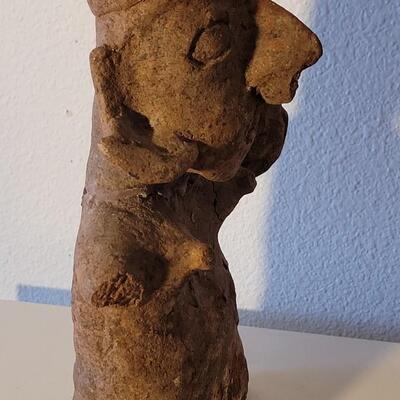
Ixtlan del Rio type Dates to 100 BCE to 200 CE 2115 / 2223 -
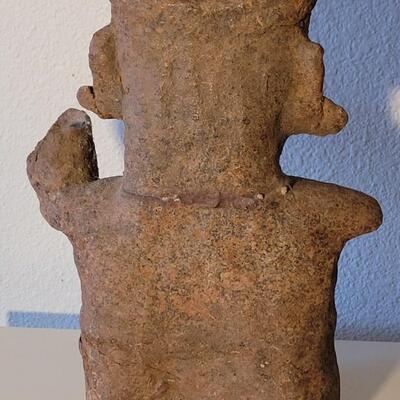
Ixtlan del Rio type Dates to 100 BCE to 200 CE 2116 / 2223 -
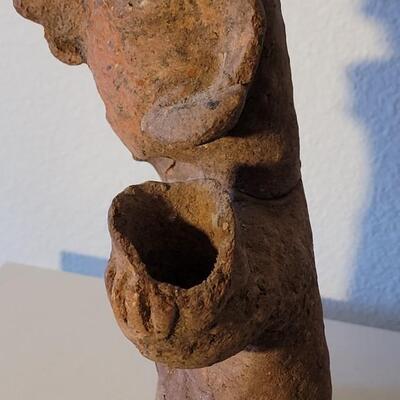
Ixtlan del Rio type Dates to 100 BCE to 200 CE 2117 / 2223 -
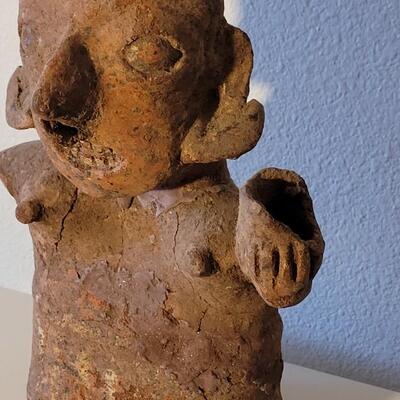
Ixtlan del Rio type Dates to 100 BCE to 200 CE 2118 / 2223 -
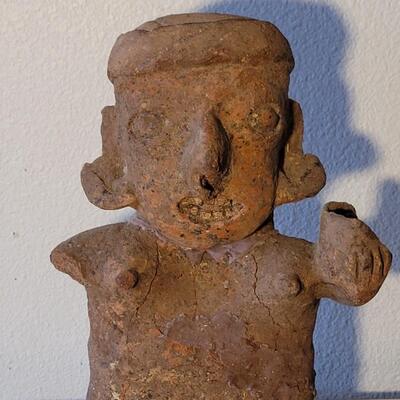
Ixtlan del Rio type Dates to 100 BCE to 200 CE 2119 / 2223 -
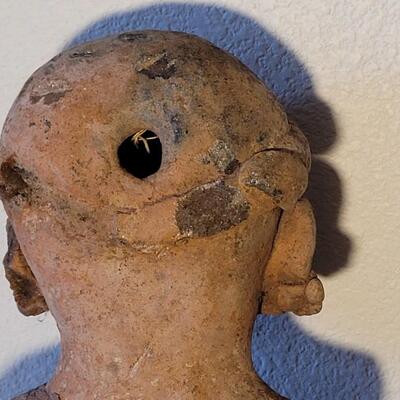
Ixtlan del Rio type, Dates to: 100 BCE to 200 CE 2120 / 2223 -
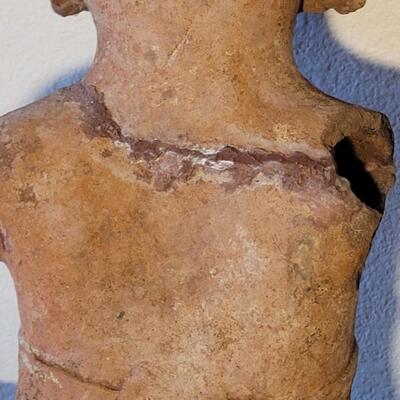
Ixtlan del Rio type, Dates to: 100 BCE to 200 CE 2121 / 2223 -
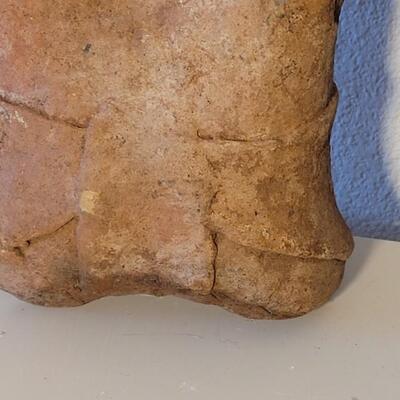
Ixtlan del Rio type, Dates to: 100 BCE to 200 CE 2122 / 2223 -
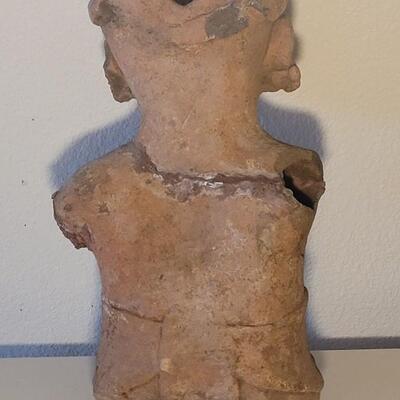
Ixtlan del Rio type, Dates to: 100 BCE to 200 CE 2123 / 2223 -
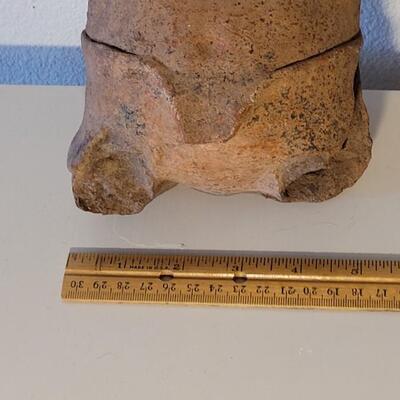
Ixtlan del Rio type, Dates to: 100 BCE to 200 CE 2124 / 2223 -
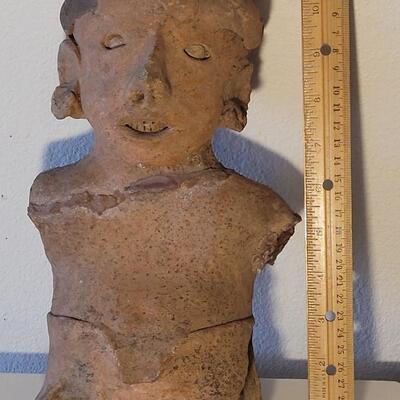
Ixtlan del Rio type, Dates to: 100 BCE to 200 CE 2125 / 2223 -
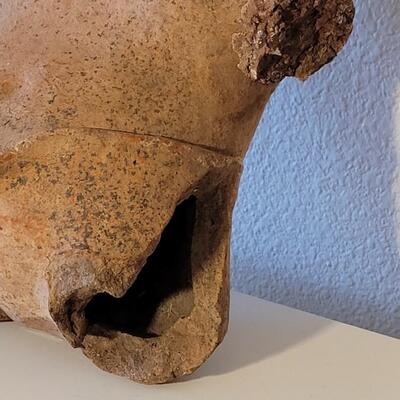
Ixtlan del Rio type, Dates to: 100 BCE to 200 CE 2126 / 2223 -
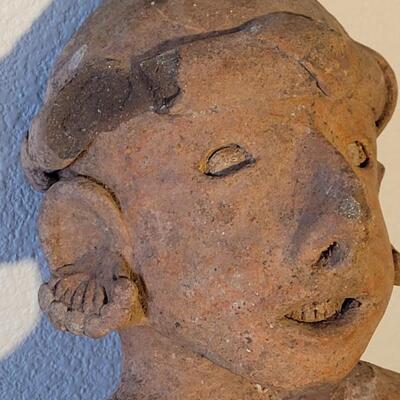
Ixtlan del Rio type, Dates to: 100 BCE to 200 CE 2127 / 2223 -
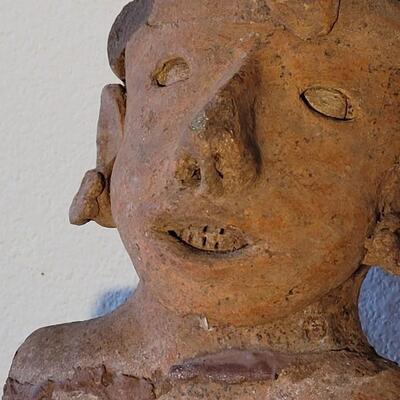
Ixtlan del Rio type, Dates to: 100 BCE to 200 CE 2128 / 2223 -
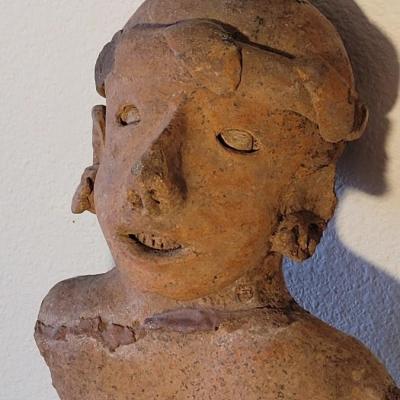
Ixtlan del Rio type, Dates to: 100 BCE to 200 CE 2129 / 2223 -
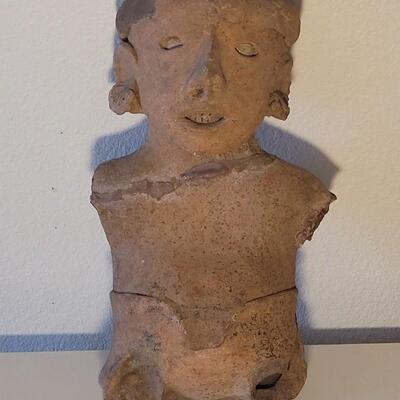
Ixtlan del Rio type, Dates to: 100 BCE to 200 CE 2130 / 2223 -
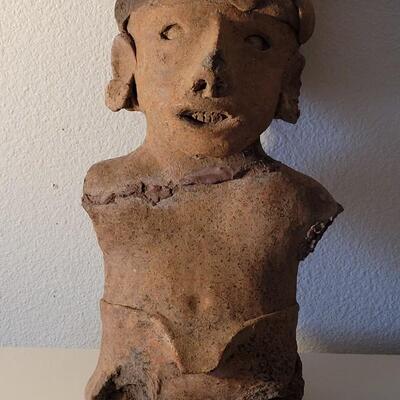
Ixtlan del Rio type, Dates to: 100 BCE to 200 CE 2131 / 2223 -
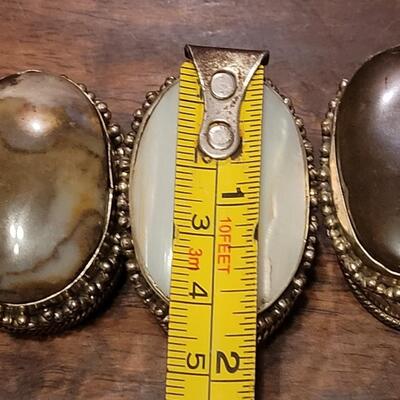
Made in India 2132 / 2223 sold -

Made in India 2133 / 2223 sold -

Made in India 2134 / 2223 sold -

Made in India 2135 / 2223 sold -

Made in India 2136 / 2223 sold -
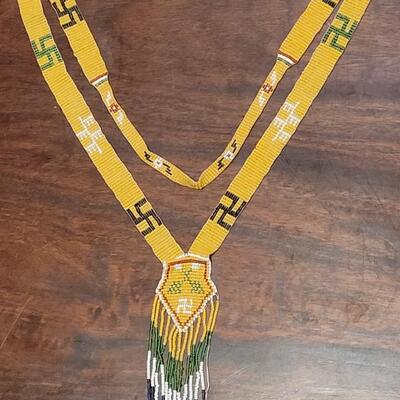
Excerpt about the Whirling Log: The swastika motif goes back thousands of years in human culture. One of the oldest symbols made by humans, the swastika dates back some 6,000 years to rock and cave paintings. Scholars generally agree it originated in India. In the Navajo culture the swastika or Whirling Log, represents well being, good luck and protection. It comes from tale of the Whirling Log. The Whirling Log The hero of the story sets out on a long journey. At first the gods try to persuade him against going, but seeing his determination, help him hollow out a log in which he will travel down the river. Along the way he has many misadventures which ultimately result in his gaining important ceremonial knowledge. In one such instance he and his craft are captured by the Water People who carry him down beneath the waters to the home of Water Monster. Black God threatens to set fire to Water Monster's home and the hero is released, but not before being taught by Frog how to cure the illnesses caused by the Water People. When he finally reaches the lake that is his destination, the gods catch his log and help him to shore. Wandering about on land the hero comes upon a whirling cross with two yeis seated on each end. From them he learns the knowledge of farming and is given seeds. He then returns home to share these gifts with his people. Until the late 1800s, when J. Lorenzo Hubbell and J.B. Moore opened their trading posts in Arizona and New Mexico, Navajos portrayed the swastika solely in their religious ceremonies in the form of sand paintings. But by 1896, with prodding by Hubbell and Moore, the symbol proliferated on Navajo rugs. In 1940, in response to Hitler's regime, the Navajo, Papago, Apache and Hopi people signed a whirling log proclamation. It read, "Because the above ornament, which has been a symbol of friendship among our forefathers for many centuries, has been desecrated recently by another nation of peoples, therefore it is resolved that henceforth from this date on and forever more our tribes renounce the use of the emblem commonly known today as the swastika . . . on our blankets, baskets, art objects, sand paintings and clothing." 2142 / 2223 sold -

Excerpt about the Whirling Log: The swastika motif goes back thousands of years in human culture. One of the oldest symbols made by humans, the swastika dates back some 6,000 years to rock and cave paintings. Scholars generally agree it originated in India. In the Navajo culture the swastika or Whirling Log, represents well being, good luck and protection. It comes from tale of the Whirling Log. The Whirling Log The hero of the story sets out on a long journey. At first the gods try to persuade him against going, but seeing his determination, help him hollow out a log in which he will travel down the river. Along the way he has many misadventures which ultimately result in his gaining important ceremonial knowledge. In one such instance he and his craft are captured by the Water People who carry him down beneath the waters to the home of Water Monster. Black God threatens to set fire to Water Monster's home and the hero is released, but not before being taught by Frog how to cure the illnesses caused by the Water People. When he finally reaches the lake that is his destination, the gods catch his log and help him to shore. Wandering about on land the hero comes upon a whirling cross with two yeis seated on each end. From them he learns the knowledge of farming and is given seeds. He then returns home to share these gifts with his people. Until the late 1800s, when J. Lorenzo Hubbell and J.B. Moore opened their trading posts in Arizona and New Mexico, Navajos portrayed the swastika solely in their religious ceremonies in the form of sand paintings. But by 1896, with prodding by Hubbell and Moore, the symbol proliferated on Navajo rugs. In 1940, in response to Hitler's regime, the Navajo, Papago, Apache and Hopi people signed a whirling log proclamation. It read, "Because the above ornament, which has been a symbol of friendship among our forefathers for many centuries, has been desecrated recently by another nation of peoples, therefore it is resolved that henceforth from this date on and forever more our tribes renounce the use of the emblem commonly known today as the swastika . . . on our blankets, baskets, art objects, sand paintings and clothing." 2143 / 2223 sold -
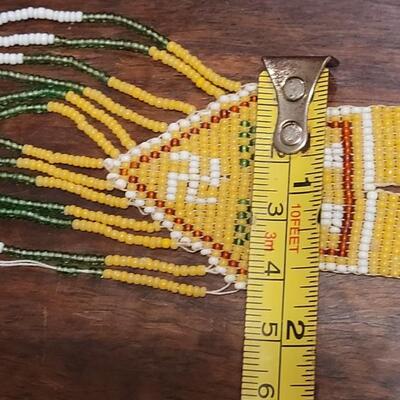
Excerpt about the Whirling Log: The swastika motif goes back thousands of years in human culture. One of the oldest symbols made by humans, the swastika dates back some 6,000 years to rock and cave paintings. Scholars generally agree it originated in India. In the Navajo culture the swastika or Whirling Log, represents well being, good luck and protection. It comes from tale of the Whirling Log. The Whirling Log The hero of the story sets out on a long journey. At first the gods try to persuade him against going, but seeing his determination, help him hollow out a log in which he will travel down the river. Along the way he has many misadventures which ultimately result in his gaining important ceremonial knowledge. In one such instance he and his craft are captured by the Water People who carry him down beneath the waters to the home of Water Monster. Black God threatens to set fire to Water Monster's home and the hero is released, but not before being taught by Frog how to cure the illnesses caused by the Water People. When he finally reaches the lake that is his destination, the gods catch his log and help him to shore. Wandering about on land the hero comes upon a whirling cross with two yeis seated on each end. From them he learns the knowledge of farming and is given seeds. He then returns home to share these gifts with his people. Until the late 1800s, when J. Lorenzo Hubbell and J.B. Moore opened their trading posts in Arizona and New Mexico, Navajos portrayed the swastika solely in their religious ceremonies in the form of sand paintings. But by 1896, with prodding by Hubbell and Moore, the symbol proliferated on Navajo rugs. In 1940, in response to Hitler's regime, the Navajo, Papago, Apache and Hopi people signed a whirling log proclamation. It read, "Because the above ornament, which has been a symbol of friendship among our forefathers for many centuries, has been desecrated recently by another nation of peoples, therefore it is resolved that henceforth from this date on and forever more our tribes renounce the use of the emblem commonly known today as the swastika . . . on our blankets, baskets, art objects, sand paintings and clothing." 2144 / 2223 sold -
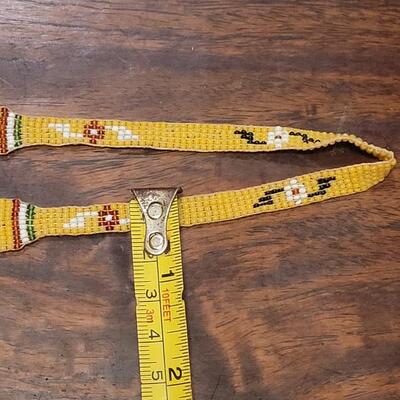
Excerpt about the Whirling Log: The swastika motif goes back thousands of years in human culture. One of the oldest symbols made by humans, the swastika dates back some 6,000 years to rock and cave paintings. Scholars generally agree it originated in India. In the Navajo culture the swastika or Whirling Log, represents well being, good luck and protection. It comes from tale of the Whirling Log. The Whirling Log The hero of the story sets out on a long journey. At first the gods try to persuade him against going, but seeing his determination, help him hollow out a log in which he will travel down the river. Along the way he has many misadventures which ultimately result in his gaining important ceremonial knowledge. In one such instance he and his craft are captured by the Water People who carry him down beneath the waters to the home of Water Monster. Black God threatens to set fire to Water Monster's home and the hero is released, but not before being taught by Frog how to cure the illnesses caused by the Water People. When he finally reaches the lake that is his destination, the gods catch his log and help him to shore. Wandering about on land the hero comes upon a whirling cross with two yeis seated on each end. From them he learns the knowledge of farming and is given seeds. He then returns home to share these gifts with his people. Until the late 1800s, when J. Lorenzo Hubbell and J.B. Moore opened their trading posts in Arizona and New Mexico, Navajos portrayed the swastika solely in their religious ceremonies in the form of sand paintings. But by 1896, with prodding by Hubbell and Moore, the symbol proliferated on Navajo rugs. In 1940, in response to Hitler's regime, the Navajo, Papago, Apache and Hopi people signed a whirling log proclamation. It read, "Because the above ornament, which has been a symbol of friendship among our forefathers for many centuries, has been desecrated recently by another nation of peoples, therefore it is resolved that henceforth from this date on and forever more our tribes renounce the use of the emblem commonly known today as the swastika . . . on our blankets, baskets, art objects, sand paintings and clothing." 2145 / 2223 sold -
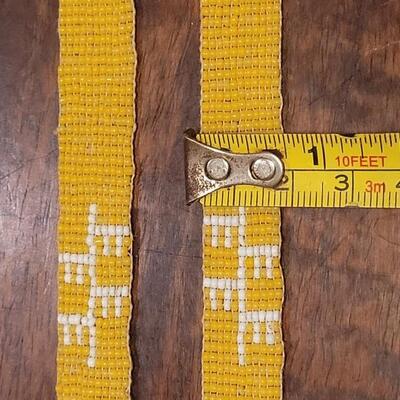
Excerpt about the Whirling Log: The swastika motif goes back thousands of years in human culture. One of the oldest symbols made by humans, the swastika dates back some 6,000 years to rock and cave paintings. Scholars generally agree it originated in India. In the Navajo culture the swastika or Whirling Log, represents well being, good luck and protection. It comes from tale of the Whirling Log. The Whirling Log The hero of the story sets out on a long journey. At first the gods try to persuade him against going, but seeing his determination, help him hollow out a log in which he will travel down the river. Along the way he has many misadventures which ultimately result in his gaining important ceremonial knowledge. In one such instance he and his craft are captured by the Water People who carry him down beneath the waters to the home of Water Monster. Black God threatens to set fire to Water Monster's home and the hero is released, but not before being taught by Frog how to cure the illnesses caused by the Water People. When he finally reaches the lake that is his destination, the gods catch his log and help him to shore. Wandering about on land the hero comes upon a whirling cross with two yeis seated on each end. From them he learns the knowledge of farming and is given seeds. He then returns home to share these gifts with his people. Until the late 1800s, when J. Lorenzo Hubbell and J.B. Moore opened their trading posts in Arizona and New Mexico, Navajos portrayed the swastika solely in their religious ceremonies in the form of sand paintings. But by 1896, with prodding by Hubbell and Moore, the symbol proliferated on Navajo rugs. In 1940, in response to Hitler's regime, the Navajo, Papago, Apache and Hopi people signed a whirling log proclamation. It read, "Because the above ornament, which has been a symbol of friendship among our forefathers for many centuries, has been desecrated recently by another nation of peoples, therefore it is resolved that henceforth from this date on and forever more our tribes renounce the use of the emblem commonly known today as the swastika . . . on our blankets, baskets, art objects, sand paintings and clothing." 2146 / 2223 sold -

Excerpt about the Whirling Log: The swastika motif goes back thousands of years in human culture. One of the oldest symbols made by humans, the swastika dates back some 6,000 years to rock and cave paintings. Scholars generally agree it originated in India. In the Navajo culture the swastika or Whirling Log, represents well being, good luck and protection. It comes from tale of the Whirling Log. The Whirling Log The hero of the story sets out on a long journey. At first the gods try to persuade him against going, but seeing his determination, help him hollow out a log in which he will travel down the river. Along the way he has many misadventures which ultimately result in his gaining important ceremonial knowledge. In one such instance he and his craft are captured by the Water People who carry him down beneath the waters to the home of Water Monster. Black God threatens to set fire to Water Monster's home and the hero is released, but not before being taught by Frog how to cure the illnesses caused by the Water People. When he finally reaches the lake that is his destination, the gods catch his log and help him to shore. Wandering about on land the hero comes upon a whirling cross with two yeis seated on each end. From them he learns the knowledge of farming and is given seeds. He then returns home to share these gifts with his people. Until the late 1800s, when J. Lorenzo Hubbell and J.B. Moore opened their trading posts in Arizona and New Mexico, Navajos portrayed the swastika solely in their religious ceremonies in the form of sand paintings. But by 1896, with prodding by Hubbell and Moore, the symbol proliferated on Navajo rugs. In 1940, in response to Hitler's regime, the Navajo, Papago, Apache and Hopi people signed a whirling log proclamation. It read, "Because the above ornament, which has been a symbol of friendship among our forefathers for many centuries, has been desecrated recently by another nation of peoples, therefore it is resolved that henceforth from this date on and forever more our tribes renounce the use of the emblem commonly known today as the swastika . . . on our blankets, baskets, art objects, sand paintings and clothing." 2147 / 2223 sold -
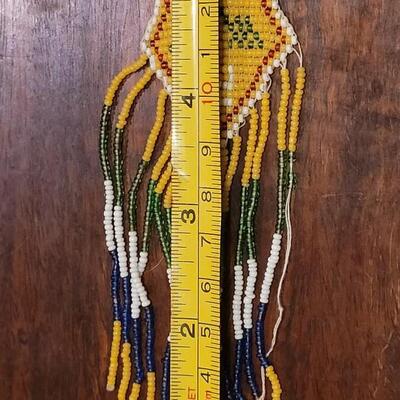
Excerpt about the Whirling Log: The swastika motif goes back thousands of years in human culture. One of the oldest symbols made by humans, the swastika dates back some 6,000 years to rock and cave paintings. Scholars generally agree it originated in India. In the Navajo culture the swastika or Whirling Log, represents well being, good luck and protection. It comes from tale of the Whirling Log. The Whirling Log The hero of the story sets out on a long journey. At first the gods try to persuade him against going, but seeing his determination, help him hollow out a log in which he will travel down the river. Along the way he has many misadventures which ultimately result in his gaining important ceremonial knowledge. In one such instance he and his craft are captured by the Water People who carry him down beneath the waters to the home of Water Monster. Black God threatens to set fire to Water Monster's home and the hero is released, but not before being taught by Frog how to cure the illnesses caused by the Water People. When he finally reaches the lake that is his destination, the gods catch his log and help him to shore. Wandering about on land the hero comes upon a whirling cross with two yeis seated on each end. From them he learns the knowledge of farming and is given seeds. He then returns home to share these gifts with his people. Until the late 1800s, when J. Lorenzo Hubbell and J.B. Moore opened their trading posts in Arizona and New Mexico, Navajos portrayed the swastika solely in their religious ceremonies in the form of sand paintings. But by 1896, with prodding by Hubbell and Moore, the symbol proliferated on Navajo rugs. In 1940, in response to Hitler's regime, the Navajo, Papago, Apache and Hopi people signed a whirling log proclamation. It read, "Because the above ornament, which has been a symbol of friendship among our forefathers for many centuries, has been desecrated recently by another nation of peoples, therefore it is resolved that henceforth from this date on and forever more our tribes renounce the use of the emblem commonly known today as the swastika . . . on our blankets, baskets, art objects, sand paintings and clothing." 2148 / 2223 sold -

Excerpt about the Whirling Log: The swastika motif goes back thousands of years in human culture. One of the oldest symbols made by humans, the swastika dates back some 6,000 years to rock and cave paintings. Scholars generally agree it originated in India. In the Navajo culture the swastika or Whirling Log, represents well being, good luck and protection. It comes from tale of the Whirling Log. The Whirling Log The hero of the story sets out on a long journey. At first the gods try to persuade him against going, but seeing his determination, help him hollow out a log in which he will travel down the river. Along the way he has many misadventures which ultimately result in his gaining important ceremonial knowledge. In one such instance he and his craft are captured by the Water People who carry him down beneath the waters to the home of Water Monster. Black God threatens to set fire to Water Monster's home and the hero is released, but not before being taught by Frog how to cure the illnesses caused by the Water People. When he finally reaches the lake that is his destination, the gods catch his log and help him to shore. Wandering about on land the hero comes upon a whirling cross with two yeis seated on each end. From them he learns the knowledge of farming and is given seeds. He then returns home to share these gifts with his people. Until the late 1800s, when J. Lorenzo Hubbell and J.B. Moore opened their trading posts in Arizona and New Mexico, Navajos portrayed the swastika solely in their religious ceremonies in the form of sand paintings. But by 1896, with prodding by Hubbell and Moore, the symbol proliferated on Navajo rugs. In 1940, in response to Hitler's regime, the Navajo, Papago, Apache and Hopi people signed a whirling log proclamation. It read, "Because the above ornament, which has been a symbol of friendship among our forefathers for many centuries, has been desecrated recently by another nation of peoples, therefore it is resolved that henceforth from this date on and forever more our tribes renounce the use of the emblem commonly known today as the swastika . . . on our blankets, baskets, art objects, sand paintings and clothing." 2149 / 2223 sold -
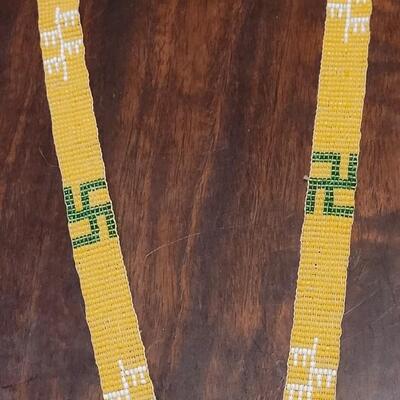
Excerpt about the Whirling Log: The swastika motif goes back thousands of years in human culture. One of the oldest symbols made by humans, the swastika dates back some 6,000 years to rock and cave paintings. Scholars generally agree it originated in India. In the Navajo culture the swastika or Whirling Log, represents well being, good luck and protection. It comes from tale of the Whirling Log. The Whirling Log The hero of the story sets out on a long journey. At first the gods try to persuade him against going, but seeing his determination, help him hollow out a log in which he will travel down the river. Along the way he has many misadventures which ultimately result in his gaining important ceremonial knowledge. In one such instance he and his craft are captured by the Water People who carry him down beneath the waters to the home of Water Monster. Black God threatens to set fire to Water Monster's home and the hero is released, but not before being taught by Frog how to cure the illnesses caused by the Water People. When he finally reaches the lake that is his destination, the gods catch his log and help him to shore. Wandering about on land the hero comes upon a whirling cross with two yeis seated on each end. From them he learns the knowledge of farming and is given seeds. He then returns home to share these gifts with his people. Until the late 1800s, when J. Lorenzo Hubbell and J.B. Moore opened their trading posts in Arizona and New Mexico, Navajos portrayed the swastika solely in their religious ceremonies in the form of sand paintings. But by 1896, with prodding by Hubbell and Moore, the symbol proliferated on Navajo rugs. In 1940, in response to Hitler's regime, the Navajo, Papago, Apache and Hopi people signed a whirling log proclamation. It read, "Because the above ornament, which has been a symbol of friendship among our forefathers for many centuries, has been desecrated recently by another nation of peoples, therefore it is resolved that henceforth from this date on and forever more our tribes renounce the use of the emblem commonly known today as the swastika . . . on our blankets, baskets, art objects, sand paintings and clothing." 2150 / 2223 sold -
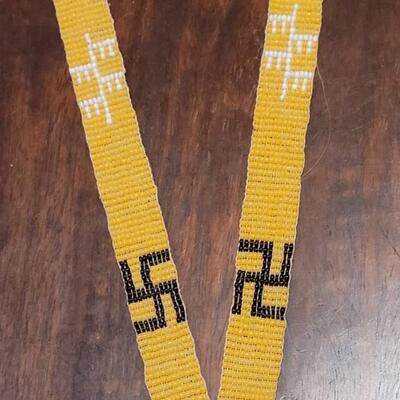
Excerpt about the Whirling Log: The swastika motif goes back thousands of years in human culture. One of the oldest symbols made by humans, the swastika dates back some 6,000 years to rock and cave paintings. Scholars generally agree it originated in India. In the Navajo culture the swastika or Whirling Log, represents well being, good luck and protection. It comes from tale of the Whirling Log. The Whirling Log The hero of the story sets out on a long journey. At first the gods try to persuade him against going, but seeing his determination, help him hollow out a log in which he will travel down the river. Along the way he has many misadventures which ultimately result in his gaining important ceremonial knowledge. In one such instance he and his craft are captured by the Water People who carry him down beneath the waters to the home of Water Monster. Black God threatens to set fire to Water Monster's home and the hero is released, but not before being taught by Frog how to cure the illnesses caused by the Water People. When he finally reaches the lake that is his destination, the gods catch his log and help him to shore. Wandering about on land the hero comes upon a whirling cross with two yeis seated on each end. From them he learns the knowledge of farming and is given seeds. He then returns home to share these gifts with his people. Until the late 1800s, when J. Lorenzo Hubbell and J.B. Moore opened their trading posts in Arizona and New Mexico, Navajos portrayed the swastika solely in their religious ceremonies in the form of sand paintings. But by 1896, with prodding by Hubbell and Moore, the symbol proliferated on Navajo rugs. In 1940, in response to Hitler's regime, the Navajo, Papago, Apache and Hopi people signed a whirling log proclamation. It read, "Because the above ornament, which has been a symbol of friendship among our forefathers for many centuries, has been desecrated recently by another nation of peoples, therefore it is resolved that henceforth from this date on and forever more our tribes renounce the use of the emblem commonly known today as the swastika . . . on our blankets, baskets, art objects, sand paintings and clothing." 2151 / 2223 sold -
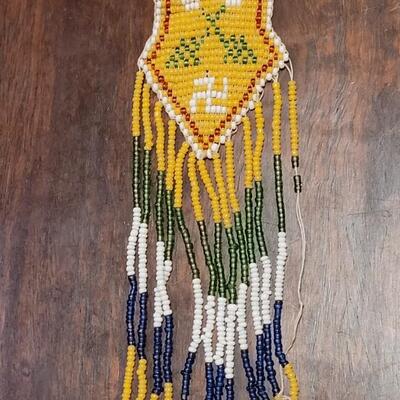
Excerpt about the Whirling Log: The swastika motif goes back thousands of years in human culture. One of the oldest symbols made by humans, the swastika dates back some 6,000 years to rock and cave paintings. Scholars generally agree it originated in India. In the Navajo culture the swastika or Whirling Log, represents well being, good luck and protection. It comes from tale of the Whirling Log. The Whirling Log The hero of the story sets out on a long journey. At first the gods try to persuade him against going, but seeing his determination, help him hollow out a log in which he will travel down the river. Along the way he has many misadventures which ultimately result in his gaining important ceremonial knowledge. In one such instance he and his craft are captured by the Water People who carry him down beneath the waters to the home of Water Monster. Black God threatens to set fire to Water Monster's home and the hero is released, but not before being taught by Frog how to cure the illnesses caused by the Water People. When he finally reaches the lake that is his destination, the gods catch his log and help him to shore. Wandering about on land the hero comes upon a whirling cross with two yeis seated on each end. From them he learns the knowledge of farming and is given seeds. He then returns home to share these gifts with his people. Until the late 1800s, when J. Lorenzo Hubbell and J.B. Moore opened their trading posts in Arizona and New Mexico, Navajos portrayed the swastika solely in their religious ceremonies in the form of sand paintings. But by 1896, with prodding by Hubbell and Moore, the symbol proliferated on Navajo rugs. In 1940, in response to Hitler's regime, the Navajo, Papago, Apache and Hopi people signed a whirling log proclamation. It read, "Because the above ornament, which has been a symbol of friendship among our forefathers for many centuries, has been desecrated recently by another nation of peoples, therefore it is resolved that henceforth from this date on and forever more our tribes renounce the use of the emblem commonly known today as the swastika . . . on our blankets, baskets, art objects, sand paintings and clothing." 2152 / 2223 sold -
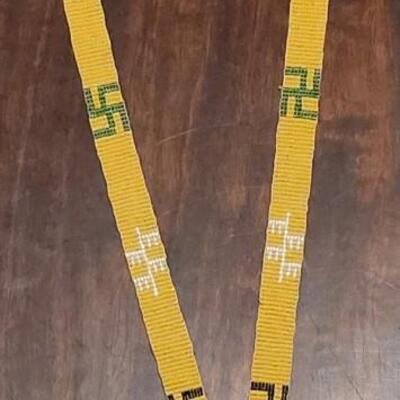
Excerpt about the Whirling Log: The swastika motif goes back thousands of years in human culture. One of the oldest symbols made by humans, the swastika dates back some 6,000 years to rock and cave paintings. Scholars generally agree it originated in India. In the Navajo culture the swastika or Whirling Log, represents well being, good luck and protection. It comes from tale of the Whirling Log. The Whirling Log The hero of the story sets out on a long journey. At first the gods try to persuade him against going, but seeing his determination, help him hollow out a log in which he will travel down the river. Along the way he has many misadventures which ultimately result in his gaining important ceremonial knowledge. In one such instance he and his craft are captured by the Water People who carry him down beneath the waters to the home of Water Monster. Black God threatens to set fire to Water Monster's home and the hero is released, but not before being taught by Frog how to cure the illnesses caused by the Water People. When he finally reaches the lake that is his destination, the gods catch his log and help him to shore. Wandering about on land the hero comes upon a whirling cross with two yeis seated on each end. From them he learns the knowledge of farming and is given seeds. He then returns home to share these gifts with his people. Until the late 1800s, when J. Lorenzo Hubbell and J.B. Moore opened their trading posts in Arizona and New Mexico, Navajos portrayed the swastika solely in their religious ceremonies in the form of sand paintings. But by 1896, with prodding by Hubbell and Moore, the symbol proliferated on Navajo rugs. In 1940, in response to Hitler's regime, the Navajo, Papago, Apache and Hopi people signed a whirling log proclamation. It read, "Because the above ornament, which has been a symbol of friendship among our forefathers for many centuries, has been desecrated recently by another nation of peoples, therefore it is resolved that henceforth from this date on and forever more our tribes renounce the use of the emblem commonly known today as the swastika . . . on our blankets, baskets, art objects, sand paintings and clothing." 2153 / 2223 sold -

Not marked. 2159 / 2223 sold -

Not marked. 2160 / 2223 sold -

Not marked. 2161 / 2223 sold -

Not marked. 2162 / 2223 sold -

Not marked. 2163 / 2223 sold -
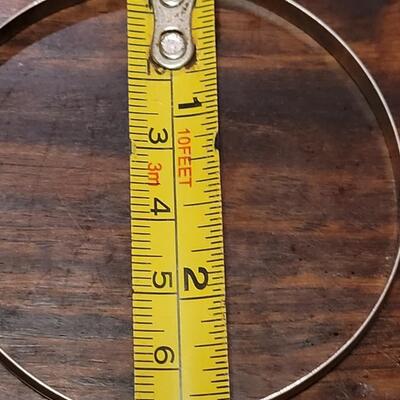
Marked on the inside. 2164 / 2223 sold -

Marked on the inside. 2165 / 2223 sold -

Marked on the inside. 2166 / 2223 sold -

Marked on the inside. 2167 / 2223 sold -
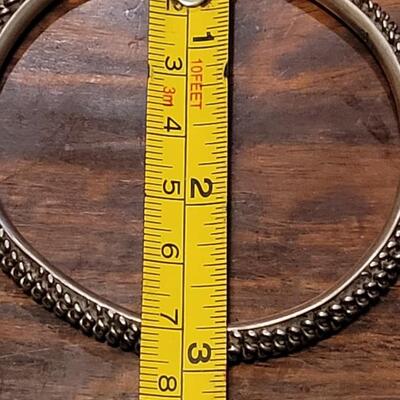
Marked on the inside 2168 / 2223 sold -

Marked on the inside 2169 / 2223 sold -

Marked on the inside 2170 / 2223 sold -

Marked on the inside 2171 / 2223 sold -
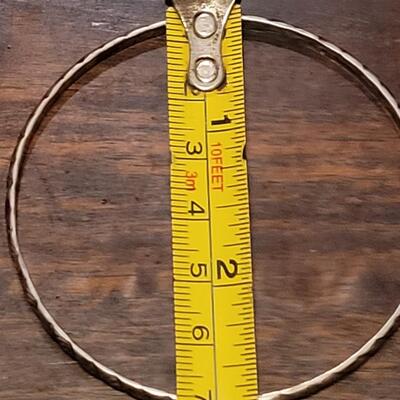
Marked on the inside. 2172 / 2223 sold -
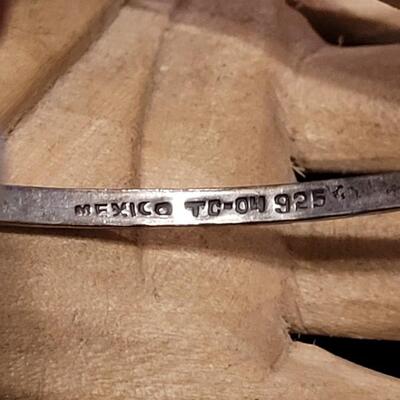
Marked on the inside. 2173 / 2223 sold -

Marked on the inside. 2174 / 2223 sold -

Marked on the inside. 2175 / 2223 sold -
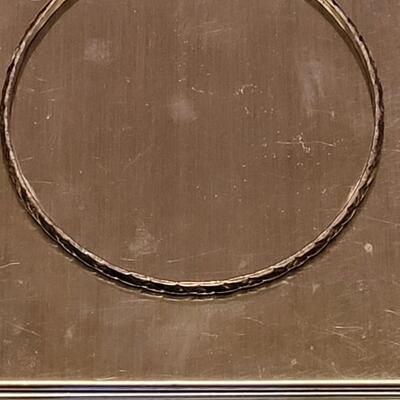
Marked on the inside. 2176 / 2223 sold
Photos 2101 - 2200 of 2223
Per page:
